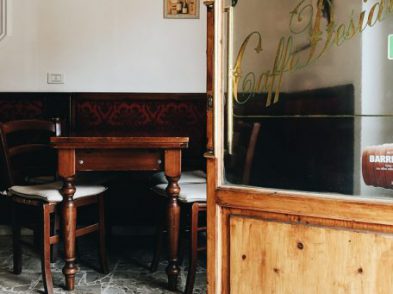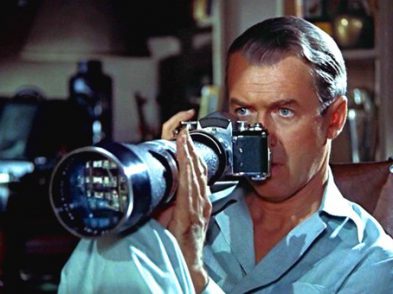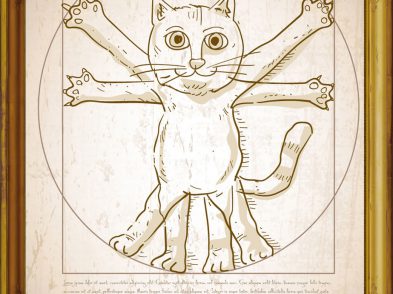Late 19th century Florence was filled with English and American expatriates; in fact, 30,000 of the 200,000 residents of Florence were Anglo-Florentines who had adopted the city. There seemed to be a particular lure to Italy for writers and creative intellectuals, especially British poets, such as the Brownings, Keats, Byron, and Shelley. Another was Vernon Lee (also known as Violet Paget). Now an elusive figure and vaguely remembered, she was an intelligent Victorian writer who was first published at the age of thirteen. One of her most celebrated works, Studies of the 18th century in Italy, an unknown topic at the time, was published in 1880 when she was just twenty-four years old.
Henry James, who also spent quite some time in Italy, wrote, “a word of warning about Vernon Lee because she is as dangerous and uncanny as she is intelligent, which is saying a great deal. Her vigour and sweep are most rare and her talk superior altogether she is faraway the most able mind in Florence.” And in her biography, Peter Gunn adds, “She shone even in an age which knew both Whistler and Wilde.”
Vernon Lee was small and slight. She had cropped hair and a habit of wearing black silk dresses with high collars. She had an expressive and intelligent face, and when she spoke you could hear a slight foreign intonation coupled with expressive Italian gestures. Most distinctive about her was her arresting conversation: she had no time for English small talk.
Violet Paget was born into an expatriate family that moved to Florence in 1873, when she was a teenager. She spent several winters in Rome and Lake Como with her childhood friend, John Singer Sargent, and his family. Sargent was born in Florence in 1856 in a house on the Lungarno, and was a student at the Accademia di Belle Arti. It was his cultured mother, whom Violet liked to call the “enchanting priestess,” who encouraged the two young friends to plunge into painting, literature, and music.
Violet and John’s friendship grew over these periods that the families spent holidaying together. They spent a summer in Bologna together, which Violet described as “ten days of historico-romantic rapture,” and had a “so memorable” winter in Rome in 1868-9 (when both were just twelve or so), during which they decided together that John should become a painter and Violet a writer. You can just imagine these two cultured teenagers, unbeknownst to them at the time how important they would become in their respective fields, soaking up the Italian art, architecture, music, and literature like thirsty sponges.
The Pagets first lived at Via Solferino 12, then at Via Garibaldi 5, and finally from 1889 at the Villa il Palmerino in Maiano, at the base of Fiesole. Here, Vernon Lee remained until her death in 1935.
By 1875, not yet twenty, Violet had submitted stories to the Italian literary world, and by this time she was also fully submersed in Florentine life. Her research on 18th century Italy focused on literature, art, and even music, a previously untouched area. She argued the brave and new perspective that it had been the Italian Scarlatti’s influence that had led to the development of melody, when earlier the Germans had been claiming credit for music’s development. She became fully absorbed in the aesthetics and culture of a previous century.
She wrote travel sketches, essays, novels, and criticisms, of which one was her celebrated work Genius Loci, a traveller’s delight where she gushes about the hill towns of her beloved Italy. Maurice Baring said of this work, “Never was culture so shot with imagination.”
In her old age, she received many visitors at the Maiano villa, including Aldous Huxley (“my clever young friend”) and H.G. Wells. She also finally resolved the famous quarrel between herself and Bernard Berenson that had lasted over twenty years.
At her death, Vernon Lee’s books were left to Florence’s British Institute, and she was buried with her brother in the Allori Cemetery in Florence. Thus ended the time of a woman whose heart and mind were full of Florence, and who reminded us what art, beauty, and travel do to enhance the soul. “Every creature worth its salt requires to have dreamt dreams and gone through romances, and it matters little what they are about so long as they serve to exercise our powersof loving and creating what we love.”







